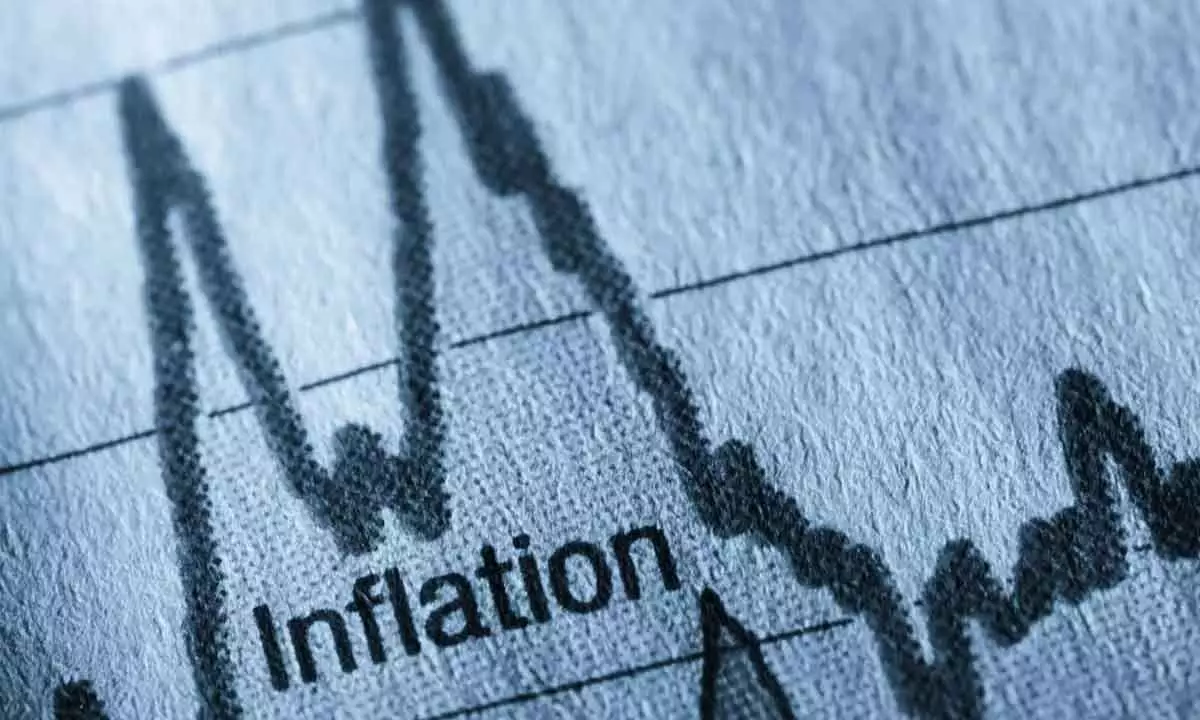Inflation, with an upward bias, is here to stay
The good news is that Consumer Price Index (CPI) for October fell to 6.77 per cent, from 7.41 per cent.
image for illustrative purpose

The good news is that Consumer Price Index (CPI) for October fell to 6.77 per cent, from 7.41 per cent. However, the bad news is that the inflation with an upward bias is going to haunt us constantly for quite some time now. The reason is more of global and to certain extent, domestic too.
While the entire globe is reeling under recession, India's unorganised sector is feeling its pinch too. Interestingly, while reaching GDP our mandarins do not consider unorganised sector's performance at all.
A sharp fall in CPI in October and expectations that prices have eased from their peak levels could limit interest rate increases by the RBI, although volatility in local food prices and unpredictability of global interest rates, especially of the US Federal Reserve, continue to pose risks.
Inflation may be peaking, but the risk is of a high plateau of interest rates (entrenched inflation)
The market's hopes of peak inflation and interest rates have been repeatedly dashed by persistently high inflation. For example, the market now expects peak US Fed Funds rate at five per cent by early 2023, which is much higher than its earlier expectations. In our view, the duration of peak rates will also matter.
A Kotak analysis says that interest rates may stay at a high plateau for a while as central banks assess the impact of rate increases on inflation. Analysts note that several EM countries, which started raising policy rates ahead of DM countries, have not yet seen any visible decline in inflation and India's inflation faces potential upside risks from higher domestic food prices and global fuel prices. Experts do expect medium-term global interest rates to be well above the past 10-12 years' rates.
Medium-term growth challenges remain; ignored in short-term euphoria.
The market is ignoring certain challenges to India's medium-term growth story.
Economists are hopeful of a multi-year investment cycle driving overall GDP growth. However, they do see headwinds from the government's high fiscal deficit (around 10% of GDP) that will keep interest rates on the higher side to the detriment of the private sector and constrain the government's ability to invest in infrastructure and India's high current account deficit (around 3.5%), which will require large foreign investment to make up for the domestic savings shortfall; higher global interest rates may reduce the appeal of India for such capital and also, make the cost of such capital exorbitantly high for India. These factors mattered less at low interest rates but have become much more relevant at higher interest rates.
Therefore, the RBI Governor Shaktikanta Das has asked bankers to remain a watchful eye on the emerging global macroeconomic situations and be cautious of the possible spill-over effect of a likely global slowdown. Time, bankers took mitigating measures so that the potential impact on their balance sheets is minimised and financial stability risks are contained.

